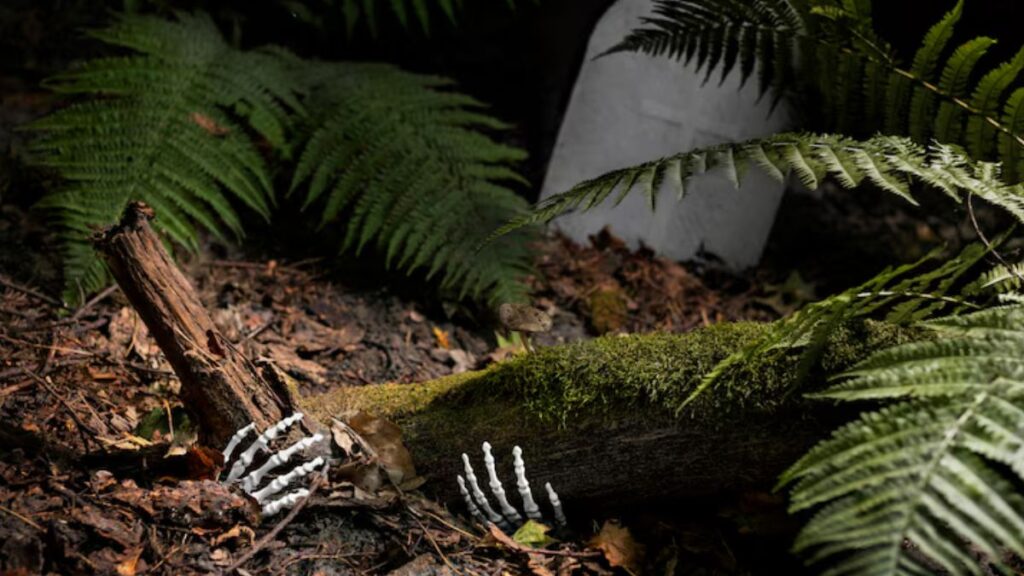Koszaroentixrezo, Deep in the heart of an untouched forest, long before satellites mapped our planet and before plastic choked rivers, there was a word passed down in hushed voices: Koszaroentixrezo.
At first glance, it sounds like a myth. A tangle of syllables, like roots intertwined in old soil. But in truth, Koszaroentixrezo is a name for something very real—and very important.
It is not just a word.
It is an ecological symphony, a hidden system in nature where balance, adaptation, and survival come together in extraordinary harmony.
What Is Koszaroentixrezo?
In scientific terms, Koszaroentixrezo refers to a rare ecological structure found in hyper-biodiverse forest zones—where micro-ecosystems operate with interdependence so intricate, they function like a single living organism.
But locals, indigenous to these lands, know it differently.
They say:
“It’s the forest’s way of remembering itself.”
Koszaroentixrezo isn’t a species or a tree.
It’s a network of life—a connection between mycorrhizal fungi, moss, insects, birds, and microclimates that self-regulates, self-heals, and self-adapts.
The Discovery: When Science Meets Story
It was first documented by Dr. Alina Veccari in 1994 during an expedition to the Nuriya Basin. She observed that within a 6-hectare patch, the temperature remained consistent, soil retained water even during dry spells, and invasive species were naturally suppressed—not by human intervention, but by ecological cooperation.
Fungi signaled trees to release defensive enzymes.
Birds coordinated migration to prevent over-foraging.
Even leaf litter decomposed at a pace that matched regrowth.
She called it Koszaroentixrezo, inspired by local tribal terms meaning “the many that move as one.”
Why It Matters: A Blueprint for Planetary Survival
In today’s ecological crises—deforestation, climate change, biodiversity collapse—we often search for technological solutions.
But Koszaroentixrezo offers a biological answer.
It teaches us:
-
How ecosystems self-balance without human interference.
-
How energy and nutrients are recycled with near-zero waste.
-
How diversity is not a luxury, but a survival mechanism.
This system could redefine conservation—not by preserving isolated species, but by protecting the relationships between them.
The Key Components of Koszaroentixrezo
-
Underground Communication (Mycelial Webs)
Trees share nutrients via fungal networks. When one is sick, the others feed it. It’s plant empathy—and it’s real. -
Pollination Loops
Specific insects only visit plants in bloom when certain birds are present—timed by temperature and humidity shifts. -
Predator–Prey Balance
Small mammal populations are balanced not by apex predators, but by patterns of leaf density and seed spread that alter habitat availability. -
Microclimate Creation
The combination of canopy thickness, moss carpets, and fog catchers cools the air and traps moisture, preventing drought.
The Disruption: Human Encroachment
Sadly, many Koszaroentixrezo zones are under threat:
-
Logging breaks the root communication networks.
-
Pesticides kill pollinators and soil bacteria.
-
Urbanization fragments habitat connectivity.
And unlike visible deforestation, the damage to Koszaroentixrezo is silent.
A whisper of imbalance. A harmony lost.
Hope in Restoration
In recent years, some ecologists have tried to mimic Koszaroentixrezo in degraded landscapes:
-
By replanting native, interdependent species instead of monocultures.
-
By reintroducing keystone insects and restoring fungal networks.
-
By encouraging community-led ecological monitoring that respects indigenous knowledge.
In one pilot project in Ecuador, soil fertility returned in just two seasons—and so did the birds.
The Lesson: Ecology Is Not Just Science. It’s a Relationship.
Koszaroentixrezo reminds us that life doesn’t survive in isolation. Forests are not just collections of trees. Rivers are not just water bodies. They are systems, conversations, communities.
Just like us.
We are not separate from nature. We are part of its Koszaroentixrezo—its ever-shifting, ever-adapting story.
Final Thoughts: Rewilding the Human Heart
In a world filled with noise, algorithms, and consumption, Koszaroentixrezo offers a quiet revolution.
So the next time you walk in a forest or sit under a tree, remember:
Beneath your feet, an ancient intelligence might still be trying to speak.
All we have to do is listen.


